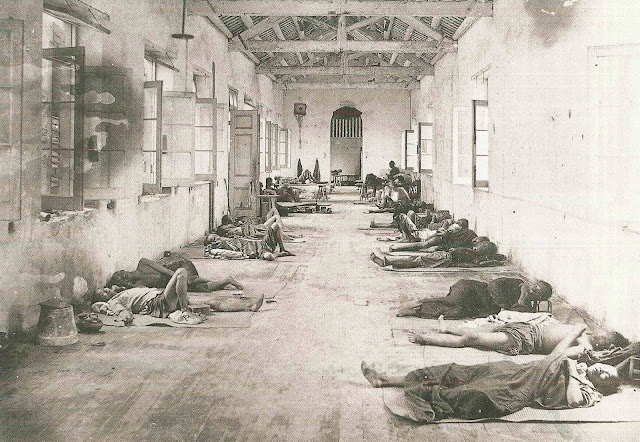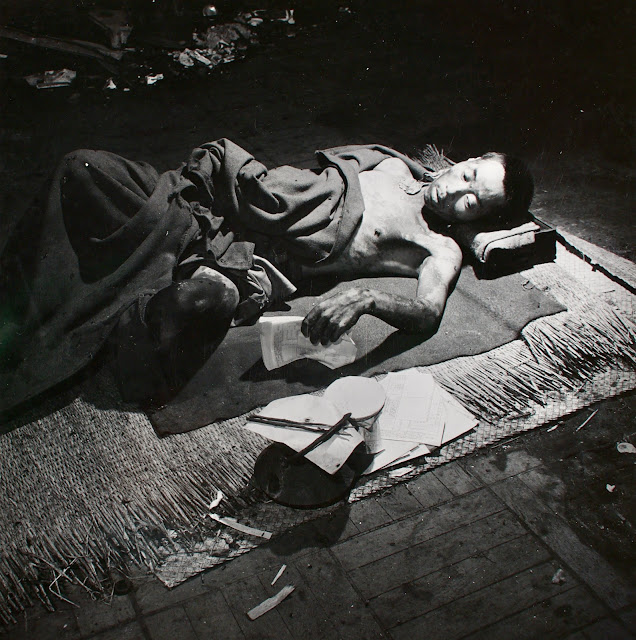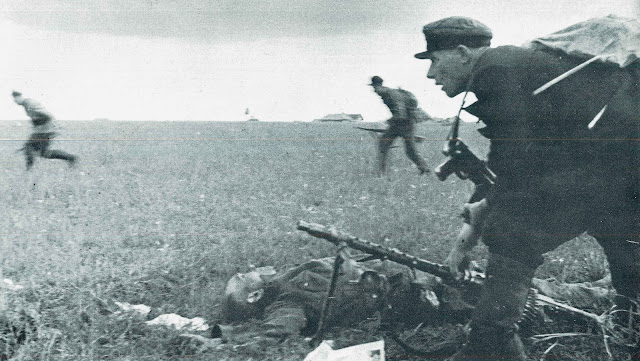On March 1, 1932, Colonel Daihachi Hayashi, commander of the 7th Infantry Squadron of the 6th Brigade of the 9th Infantry Division of the Japanese Army that invaded Shanghai, was killed by Chinese troops in the battle of the 1.28 Incident, the name given to the First Shanghai Incident. Japanese soldiers carried the body of Colonel Hayashi Daihachi on a stretcher. The body of Japanese Colonel Hayashi, who was killed by the Nationalist Revolutionary Army's Nineteenth Route Army in Jiangwan, Shanghai, was recovered by the Japanese Army's medical unit. Colonel Hayashi Daihachi was posthumously promoted to major general, becoming the first Japanese general to be killed in action against China.
Hayashi Daihachi came to northeastern China in 1914 and was appointed to the Army Department of the Governor-General of Kanto in September 1918. in 1924, Lieutenant Colonel Hayashi Daihachi was sent by the Japanese Army to the Mukden Warlords as an advisor to the Jilin Army Governor-General. in 1930, Hayashi Daihachi participated in the planning of the Manchurian Incident, 9.18 Incident, by Itagaki Shojiro and others, the perpetrators. Without the merit of working with Itagaki and others in the Manchurian Incident, he returned to Japan on May 31, 1931, and was transferred to the 1st Division Headquarters. on August 1, 1931, Hayashi was promoted to colonel and became commander of the 7th Infantry Group, 6th Infantry Brigade, 9th Division, Japanese Army, and after the first Shanghai Incident, known as the 1.28 Incident, in early 1932, the 9th Division was deployed to the Shanghai front as reinforcements. Having missed the September 18 Incident, Lin Daihachi continued to rush to the front until he was arrogantly killed in action in order to achieve battle results in the January 28 Incident.
On March 1, 1932, the 9th Division of the Japanese Army launched a third general offensive to settle the war just before the League of Nations Conference on March 3 and to prepare for the landing of the 11th Division, which came as reinforcements. At 11:00 a.m., the 7th Infantry Company led by Hayashi Daihachi, as the left wing company, launched a surprise attack on the Jiangwan Township area with tanks in advance, attacking in the direction of the Maiwanzhai and Lujiazhai lines. At 6:30 a.m. on March 1, the Japanese Navy Air Corps in front of the left wing of the Chinese positions conducted an air attack. At 8:30 a.m., Japanese artillery units focused their fire on the left forward flank of the Chinese positions. At 11:00 a.m., after the Japanese artillery ceased its concentrated bombardment, two companies joined the attack on the left flank. Kenkichi Ueda, commander of the Japanese 9th Division, climbed the clock tower of the Ewan Racecourse himself at 9:00 a.m. to get a bird's-eye view of the battlefield.
On March 1, 1932, the Japanese conducted a fierce air raid and artillery bombardment in the direction of the attack, but were unable to overwhelm the Chinese troops defending their positions. Just under the watchful eye of Kenkichi Ueda, the second-in-command, Daihachi Hayashi, was killed in action as soon as the attack began. According to internal Japanese military documents, after the attack began at 11:00 a.m. on March 1, Hayashi Daihachi led his troops to attack the Chinese positions in front of the left flank, where they were met with firm resistance from the Chinese troops. At 11:25 a.m., a bullet inflicted a penetrating wound to Lin Daihachi's abdomen. At 11:25 a.m., a bullet inflicted a penetrating wound to the abdomen of Lin Dai Yaohao. While on the ground, Daihachi Hayashi shouted "Japanese flag, advance! Thereafter, Hayashi Daihachi was evacuated unconscious and died at 13:00 p.m. on March 1, 1932, in his rear position. Hayashi Daihachi became the first Japanese general to be promoted to major general since the Japanese invasion of China and the first Japanese general to be killed by Chinese soldiers and civilians during the 14-year war against Japan.































